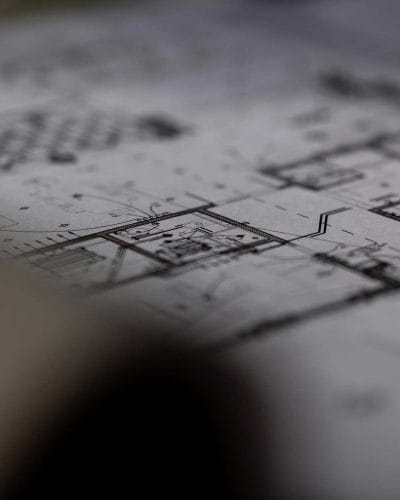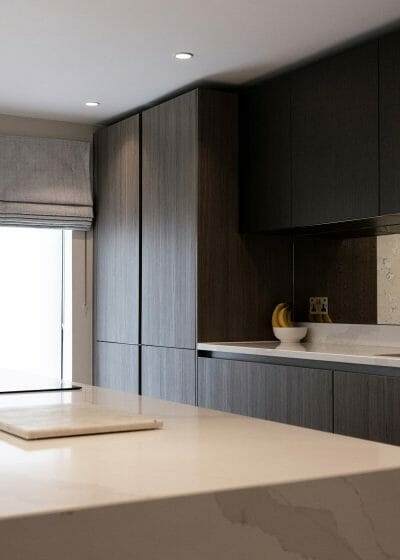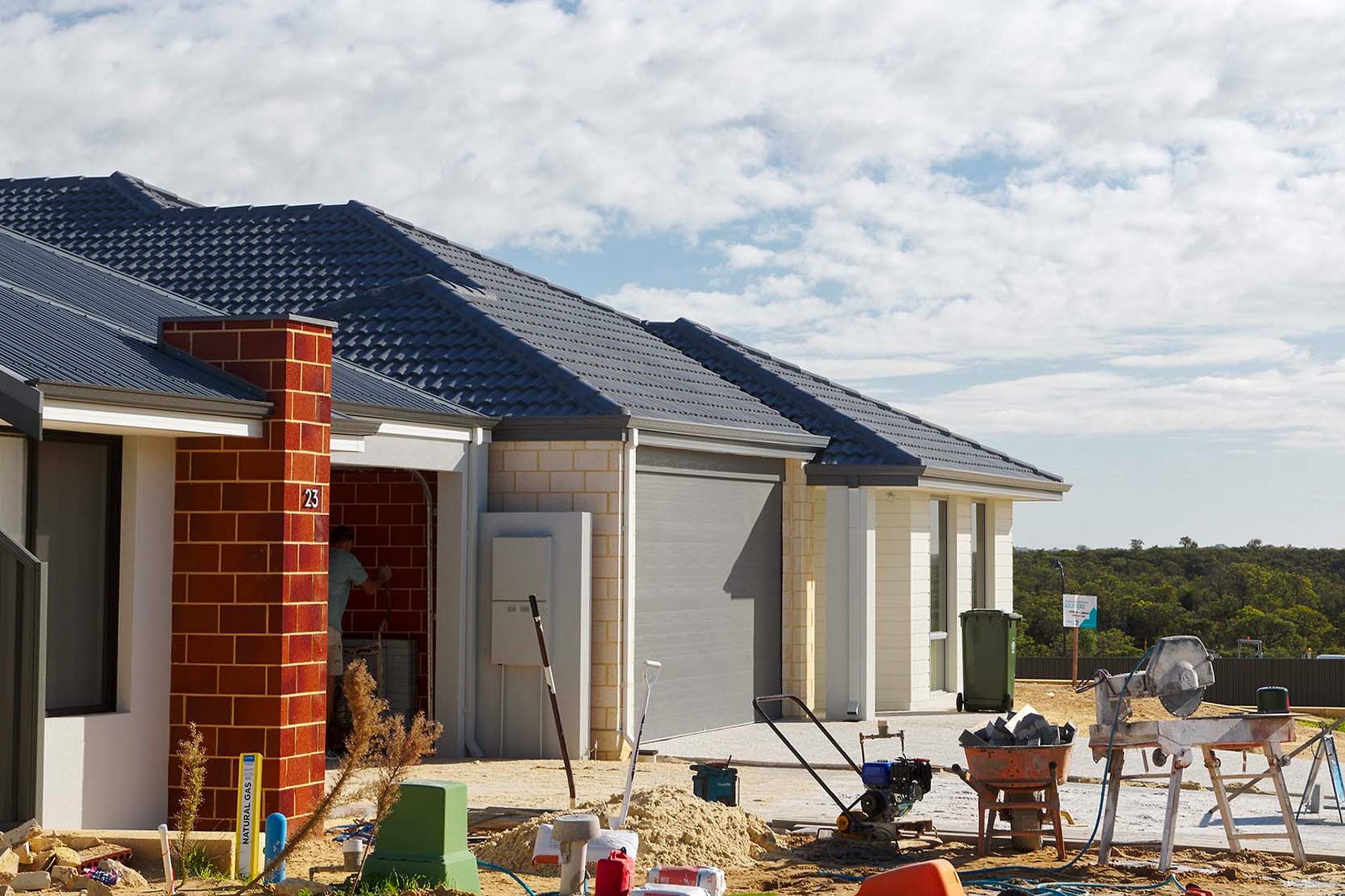You Will Need Listed Building Consent
No matter the alterations you wish to carry out on a listed property you own, you will require planning permission. In the U.K., planning permission applies to new buildings as well as those of historic interest. Whether you have a grade i listed building, grade ii listed building, or grade ii* listed building, will impact how easy it is to change the use of the building. Depending on the grade of a listed building, it may be more straightforward, however, there are still laws you must follow and if you do not, you will be committing a criminal offence.
All listed buildings can be found on the Historic England website, along with details as to whether the whole building is listed or just a specific aspect. To change the purpose of a listed building, you will need to write to your local planning authority for listed building consent.
Local authorities have the power to deny listed building consent based on government planning guidance. The permitted development of any listed building must preserve its historical, architectural and cultural interest. If you go ahead without prior written consent and make changes to a listed building, you will be issued with a listed building enforcement notice.
Once you have planning permission, it is possible to change the use of a listed building with the help of a skilled architectural designer. We can help you to navigate this step, with a free consultation call.
The Different Uses of Listed Buildings
Listed buildings have many different uses in the U.K. Below, is a list of how a listed building can be legally used:
Residential Use – A large number of listed buildings are private residences and owners of listed properties.
Commercial Use – A listed building can be used for commercial activity, this can include shops, restaurants, bars, offices, and more.
Cultural and Educational Facilities – Some listed buildings are used as cultural and educational centres such as museums and can be freely accessed by the public.
Religious Buildings – Churches and Cathedrals are commonly listed buildings and are used for religious purposes, communal activities, and events.
Tourism and Hospitality – Many listed buildings in this country are converted into hotels, guesthouses, and other types of accommodation.
Government and Civic Use – Some listed buildings are owned by the government such as courthouses and town halls.
Industrial Heritage – Various buildings such as warehouses and mills are listed and repurposed for residential, cultural, or commercial use.
Parks and Gardens – Outdoor areas such as gardens and parks are commonly listed. They are generally accessible to the public.
Transport Infrastructure – Transport infrastructure spanning bridges and stations can be listed and is generally conserved for use for future generations.
The predominant request we experience at Christopher David Design regarding the topic of change use of listed building, involves transitioning from residential to commercial use, or vice versa.
No matter whether you own a grade ii listed building or a grade i listed building, the procedure is always the same. So, what is the process of preparing to change the use of a listed building?


























